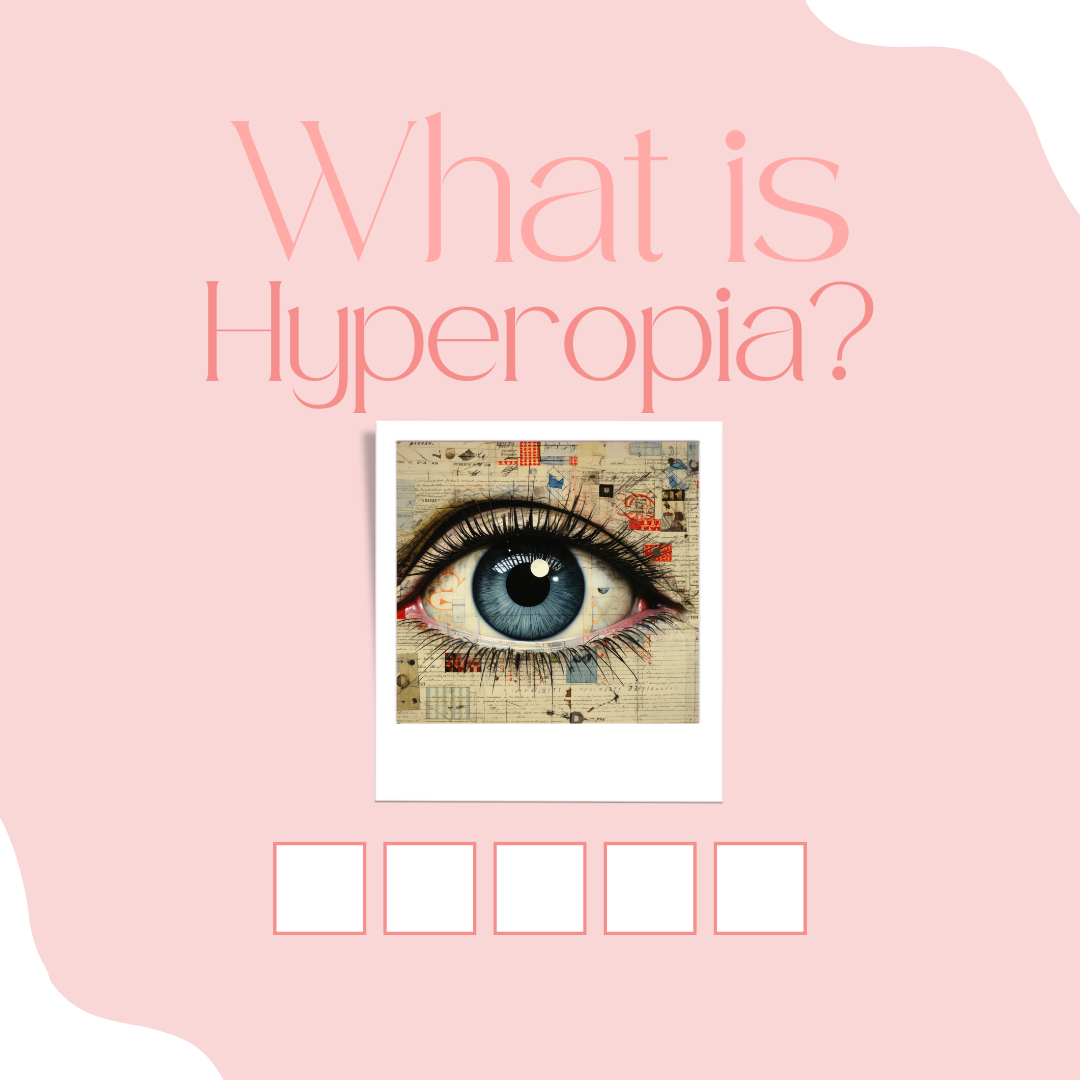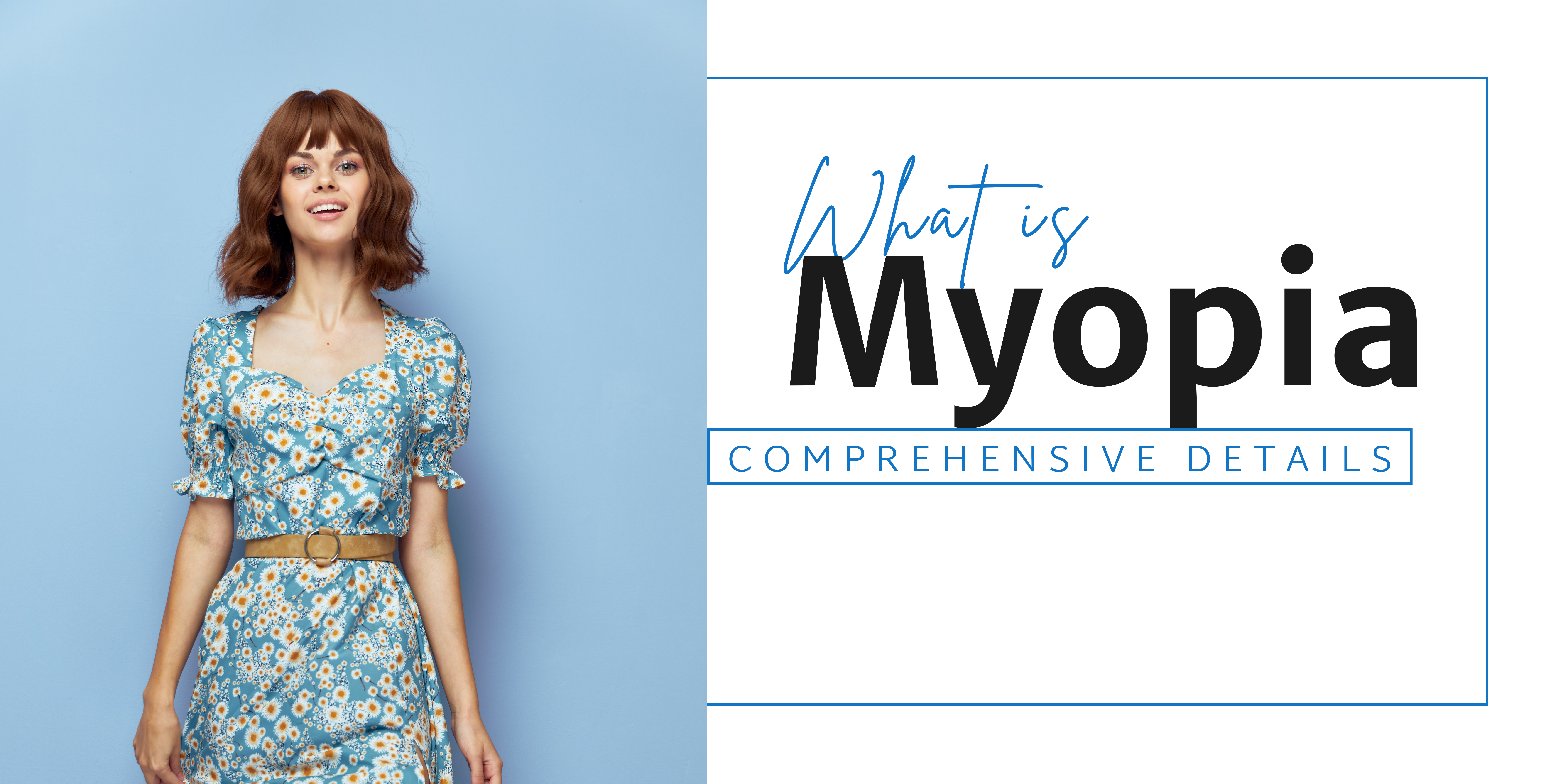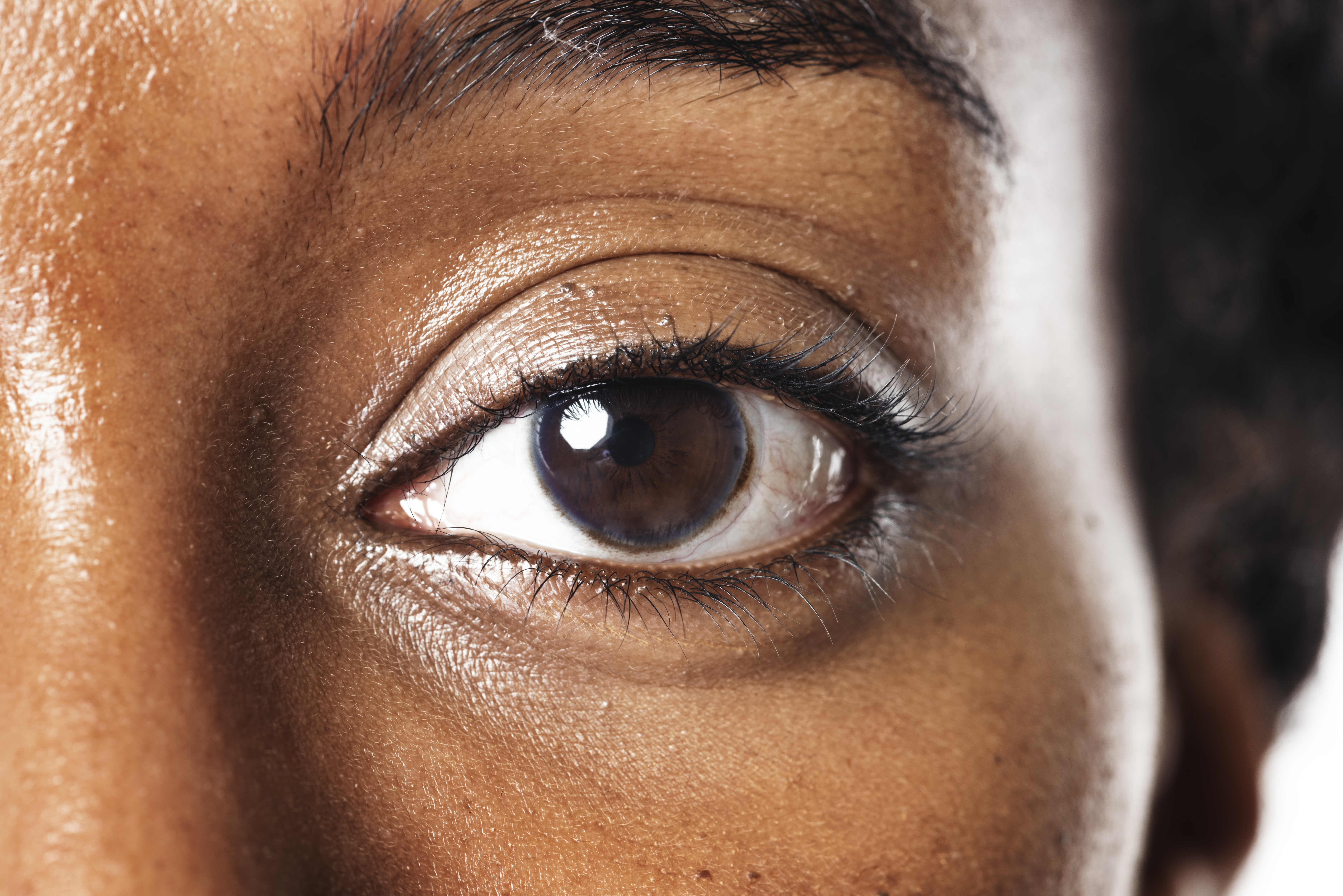What is Hyperopia: Details You Need to Know

Farsightedness, also known as hyperopia, varies in its impact on vision. While some individuals may not experience noticeable vision issues, others with severe farsightedness may encounter blurry vision regardless of the distance.
Table of Contents
It's essential to understand that farsightedness is a condition related to the eye's focusing ability, rather than being an eye disease.
What is Hyperopia?
Farsightedness, also known as hyperopia, is a common refractive error where nearby objects appear blurry. This occurs because the shape of the eye causes light to focus behind the retina instead of on it, affecting vision clarity for close-up objects.
How Common Are Hyperopia?
Our research indicates that hyperopia, or farsightedness, impacts approximately 4.6% of children and 30.9% of adults worldwide.
Common Types of Hyperopia
Clinically, hyperopia is categorized according to the eye's structural appearance, severity, or response to accommodation:
- Based on Eye Structure:
- Simple Hyperopia: Arises from natural biological differences.
- Pathological Hyperopia: Result of abnormal eye development, disease, or injury.
- Functional Hyperopia: Occurs due to paralysis affecting the eye's accommodation ability.
- Based on Severity:
- Low Hyperopia: Refractive error up to +2.00 diopters (D).
- Moderate Hyperopia: Refractive error between +2.00 D and +5.00 D.
- High Hyperopia: Refractive error exceeding +5.00 D.
- Based on Accommodative Status:
- Total Hyperopia
- Latent Hyperopia
- Manifest Hyperopia
Hyperopia Signs & Symptoms
Hyperopia, also known as farsightedness, may not always present noticeable vision problems initially. However, as the eye muscles strain to focus, symptoms can develop, including:
- Blurry vision, particularly when viewing close objects.
- Fatigue at night accompanied by blurred vision.
- Difficulty reading.
- Double vision while reading.
- Dull pain in the eyes.
- Eye strain.
- Squinting during reading.
In children, these symptoms may manifest along with frequent eye rubbing or a lack of interest in reading.
Causes of Hyperopia
Hyperopia, or farsightedness, often stems from two main factors:
- Shorter eyeball length: This condition, known as decreased axial length, affects the distance from the front to the back of the eye.
- Flatter cornea: The outer layer of the eye, the cornea, typically has a slight curvature. However, if it's flatter than usual, or if the overall eye length is inadequate, light entering the eye isn't properly refracted onto the retina.
When light fails to focus on the retina due to these factors, objects up close appear blurry. While the eye may attempt to compensate, severe cases often require corrective measures like glasses to achieve clear vision.
Risk Factors
When one eye has a notably higher level of uncorrected hyperopia compared to the other, it increases the likelihood of developing amblyopia, commonly known as lazy eye. If both eyes have uncorrected hyperopia, there's a risk of developing bilateral ametropic amblyopia. Additionally, having a family history of hyperopia can also contribute to the condition.
Prevention
There isn't a proven method to prevent hyperopia, but adopting certain lifestyle habits can support overall eye health:
- Maintain a balanced diet rich in nutrients like vitamin A, C, E, and lutein, found in fruits and vegetables such as grapefruit, strawberries, and leafy greens.
- Schedule regular eye exams to detect any potential eye issues early, even before symptoms arise.
- Protect your eyes from harmful UV radiation by wearing sunglasses, especially on cloudy days.
- Take breaks to rest your eyes, especially if you spend long hours looking at screens, to prevent computer vision syndrome and reduce eye strain.
Diagnosis
Hyperopia diagnosis typically occurs during a routine eye examination, where various tests are conducted:
- Visual Acuity Test: This measures how well you see at different distances, identifying any issues with clarity.
- Refraction Test: It determines the precise prescription needed for glasses or contact lenses by assessing how light bends as it enters your eye.
- Slit-Lamp Exam: This examination allows the eye care provider to closely examine the structures of your eyes, including the cornea, iris, and lens, to detect any abnormalities or signs of hyperopia.
Hyperopia Treatment
To correct hyperopia, several treatment options are available:
- Eyeglasses: These are a common and straightforward solution to correct hyperopia, providing clear vision by adjusting the way light enters the eyes.
- Contact Lenses: Another popular option, contact lenses sit directly on the eye and can effectively correct hyperopia, offering improved vision without the need for glasses.
- Corneal-Based Corrective Laser Surgery: Procedures like LASIK or PRK reshape the cornea to improve its focusing ability, thereby reducing or eliminating hyperopia.
- Lens-Based Surgery: Special intraocular lens implants can be surgically placed inside the eye to correct hyperopia, offering a long-term solution for clear vision.
It's essential to consult with your eye doctor during regular check-ups to assess your risk of developing hyperopia and to discuss the most suitable treatment options for your specific needs and preferences.
Complications
Hyperopia, commonly known as farsightedness, can bring about various uncomfortable symptoms, such as headaches, eye strain, and difficulty focusing on nearby objects. These symptoms can significantly impact daily tasks, such as reading, using digital devices, or performing close-up work.
Moreover, in children with high degrees of hyperopia, there is a risk of developing amblyopia, also known as lazy eye, or strabismus, which is characterized by misaligned eyes.
Amblyopia occurs when one eye has significantly better vision than the other, leading the brain to favor the stronger eye and neglecting the weaker one, potentially resulting in permanent vision loss if left untreated. Strabismus, on the other hand, causes the eyes to point in different directions, affecting depth perception and visual coordination.
Bottom Line
Early detection of hyperopia and other refractive errors through regular eye examinations, particularly during childhood, is crucial. These exams help identify vision issues before they progress and lead to complications like amblyopia or strabismus. By addressing hyperopia early on with corrective measures such as glasses or contact lenses, the risk of developing associated eye conditions can be minimized, ensuring optimal visual health and function.
Also Read What Is Myopia[ Causes and Treatment]



